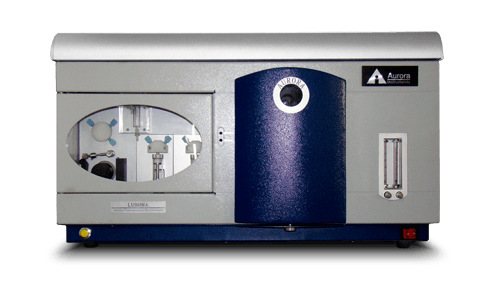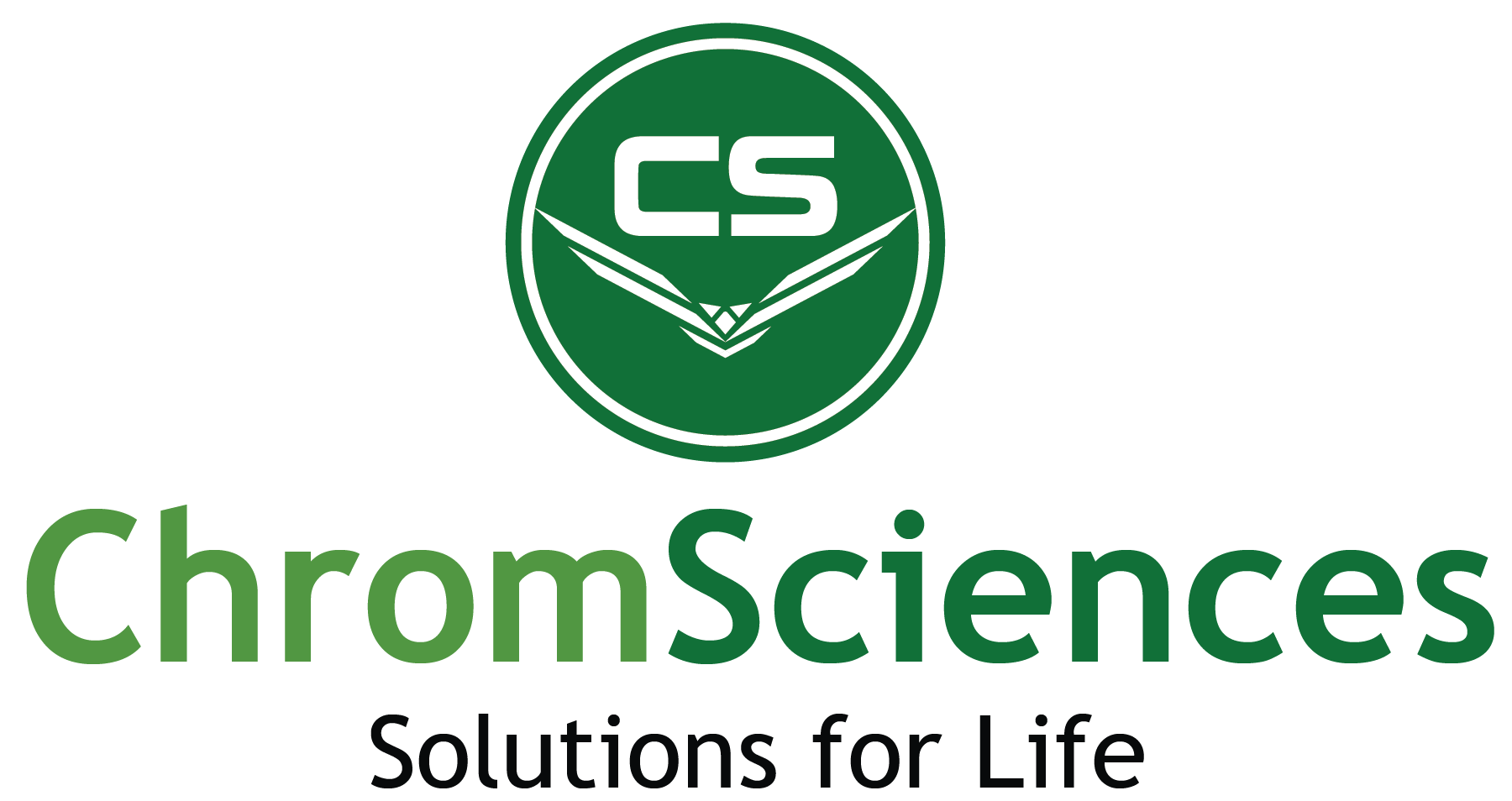Model: Lumina 3400
Manufacturer: Aurora Biomed
LUMINA 3400 Atomic Fluorescence Spectrometers provide sub-trace detection and elemental analysis of hydride-forming elements. The unique vapor/hydride generator provides enhanced sensitivities and reduced interferences for detection of Mercury (Hg), Arsenic (As), Cadmium (Cd), Zinc (Zn), Bismuth (Bi), Selenium (Se), Tellurium (Te), Antimony (Sb), Tin (Sn), Germanium (Ge), and Lead (Pb).
What is the detection limit of LUMINA AFS Systems?
Element | Detection Limit (μg/L) | RSD (%) |
As, Se, Pb, Bi, Sb, Te, Sn | 0.01 | <1.0 |
Hg, Cd | 0.001 | <1.0 |
Zn | <1.0 | <1.0 |
Ge | <0.05 | <1.0 |

Features
Atomic Fluorescence Spectroscopy Analyzers
Atomic fluorescence spectroscopy (also known as atomic spectrofluorometry or atomic fluorimetry) is a technique used in biochemical, medical, and chemical applications that require very high sensitivity as well as precision and accuracy. An atomic fluorescence spectrometer is capable of measuring samples containing both hydride-forming elements and Mercury at a parts per trillion (ppt) level using the unique vapour hydride generator.
Atomic Fluorescence Theory
The technique behind atomic fluorescence spectroscopy is similar to atomic absorption spectrometry in that a sample absorbs light at a particular wavelength to promote its electrons from its ground electronic state into an excited state. From this excited electronic state, the electron drops down to a lower electronic state emitting a photon with a specific wavelength in the process. By measuring the intensity of the emitted light at particular frequencies, it is possible to determine the concentration of the element in question via atomic fluorescence spectrometry.
Vapour Hydride Generator
The vapour hydride generator ensures a sensitive measurement of hydride forming elements, of which mercury detection is the most common application. Mercury analysis is a critical component of several industries, including food and water safety, agriculture and environmental monitoring. Samples must be digested prior to analysis to ensure for accurate analyte measurement. The sample is then atomized, and any free atoms are excited by ultraviolet light emitted by a hollow cathode lamp. Consequently, the excited atoms re-radiate the absorbed energy at particular frequencies which allows for quantification and analysis. This technique is sensitive and linear over a wide range of concentrations. Providing enhanced sensitivities, reduced interferences, and extremely low detection limits for the determination of sub-trace levels of hydride-forming metals, Aurora’s revolutionary all-in-one design allows for optimum performances for any application requiring either mercury detection or analysis of any hydride forming element. Aurora’s atomic fluorescence spectroscopy analyzers boast unbeatable sensitivity and the best technique to detect and analyze hydride-forming elements. The analyzers offer a solution that is more sensitive, cost-effective, and reliable than traditional atomic fluorescence spectrometry techniques.
